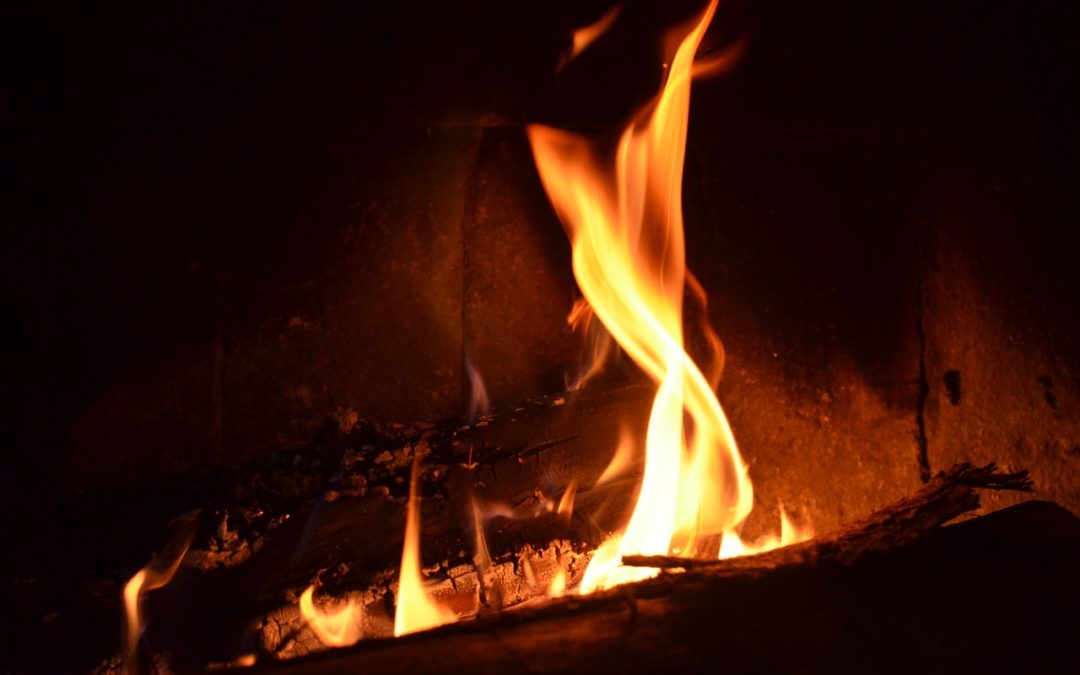Homeowners need to be aware of potential risks to their property, such as flooding, weather-related damage, earthquakes, and theft. However, irrespective of where the property is, one of the biggest risks that American homeowners face is fire.
Unfortunately, house fires are extremely common across the United States today. Without swift action, house fires can quickly get out of control, causing serious damage to property and threatening lives.
In the United States, in 2020:
- A US fire department responded to a fire somewhere in the country approximately every 23 seconds, on average.
- A single home fire occurred roughly every 89 seconds.
- One fatal house fire occurred every 3 hours and 24 minutes.
- 34 percent of house fire injuries were caused by attempts to control or put out the fire.
- $7.3 billion in damage was caused by home fires.
From faulty electrical equipment to unextinguished cigarettes, we identify the most common home fire causes, sharing tips to avoid them.

1. Appliances and Equipment
Any device that generates heat (e.g., clothes dryers, heaters, and stoves) or heats up with extended use (e.g., fans and computers) is a potential fire hazard.
Homeowners should hire a qualified electrician to periodically inspect wiring within the home, replacing any old and faulty wiring. Plugs should also be inspected from time to time, as these are susceptible to damage. A damaged plug could produce a spark and overheat electrical outlets, which could result in an electrical fire.
Also, take care to avoid overloading outlets by using surge protectors wherever possible. You should also ensure that you keep any flammable materials well away from electrical appliances and outlets.
2. Cooking
Between 2014 and 2019, cooking was the leading cause of home fires and related injuries. Cooking caused 49 percent of reported home fires, 42 percent of home fire injuries, and 20 percent of home fire deaths. In 2019, the majority of home cooking fires took place at Thanksgiving, followed by Christmas Day and Christmas Eve.
Fortunately, there are several options in terms of minimizing the risk of home cooking fires. Primarily, it is important to always be on alert, avoiding cooking when tired or after consuming alcohol. You should avoid leaving frying, grilling, broiling, or boiling food unattended. When baking, roasting, or simmering, it is important to keep checking the food regularly to ensure it is not burning. Anything that could catch fire, such as cloths or oven mitts, should be kept well away from the stovetop.
3. Smoking
Smoking accounts for far fewer home fires compared with cooking accidents (18,100 vs. 173,200). Nevertheless, smoking is the leading cause of all house fire deaths (590 vs. 550). Put simply, smoking-related fires tend to be incredibly deadly.
Fires caused by smoking usually start because the cigarette was not properly extinguished. For example, if an ashtray contains embers and it is emptied into a trash can, paper, cardboard, and other waste could ignite. In addition, many everyday household items are extremely flammable. Flour, spices, beauty products, and hand sanitizer can act as an accelerant, enabling fires to quickly take hold.
In a recent survey involving more than 500 smokers, 25 percent of respondents admitted to leaving lit cigarettes unattended, and 15 percent admitted to smoking in bed. In fact, the majority of cigarette-caused fires start when a cigarette ignites bedding or a mattress. Worryingly, 10 percent of those who took part in the survey admitted to falling asleep with a lit cigarette at least once.
The best way for smokers to minimize the risk of a home fire is to smoke outside, always ensuring that cigarettes, pipes, and cigars are properly extinguished, and always using a proper ashtray on a flat, solid, nonflammable surface.
4. Candles
Every candle comes with the warning: “A burning candle should never be left unattended.” Nevertheless, candles being forgotten and allowed to burn out of control are a common cause of house fires. Candle fires are most likely to occur during the holidays, for example, Christmas Day and New Year’s Eve.
Not only should you never leave a burning candle unattended, but you must position candles on a heat-resistant surface since even tealights can get hot enough to melt through plastic. You should also take care to select a suitable candle holder to keep a lit candle from toppling over. In addition, keep candles away from flammable substances and burn them in a well-ventilated room free of vents, drafts, and air currents to prevent uneven dripping, burning, or flaring.
Candles and naked flames should never be used around children or pets since hair, clothes, and fur are all extremely flammable. Finally, keep in mind that even a small candle produces a significant amount of heat, so avoid placing them under shelves or in other enclosed spaces.

